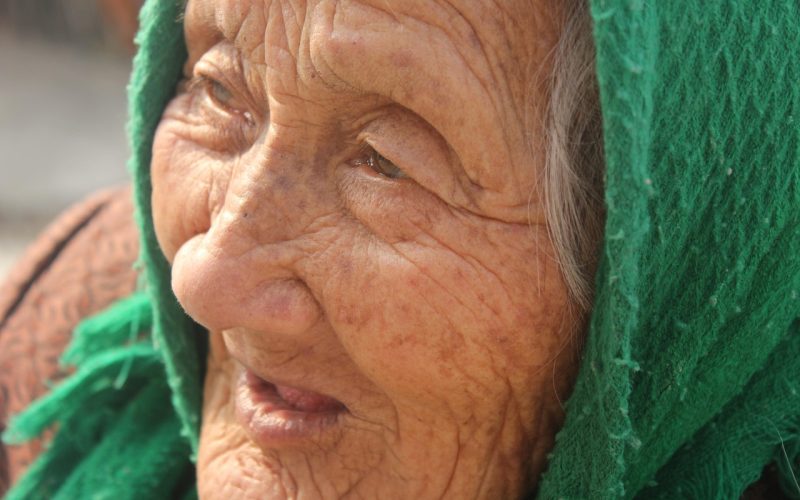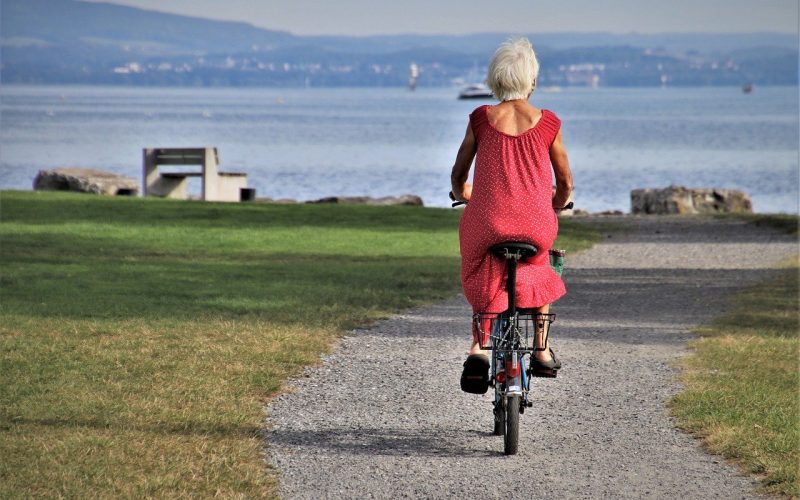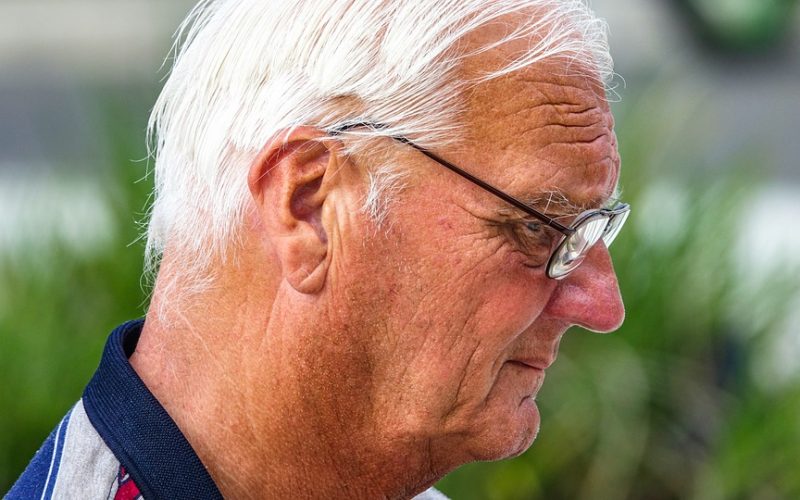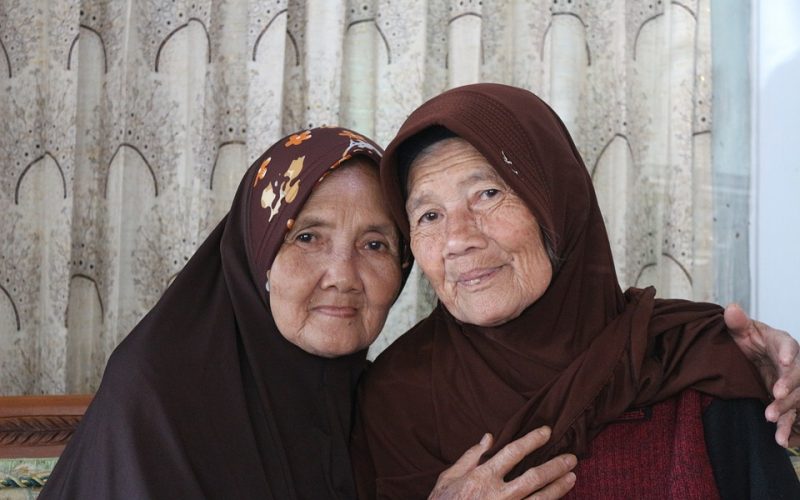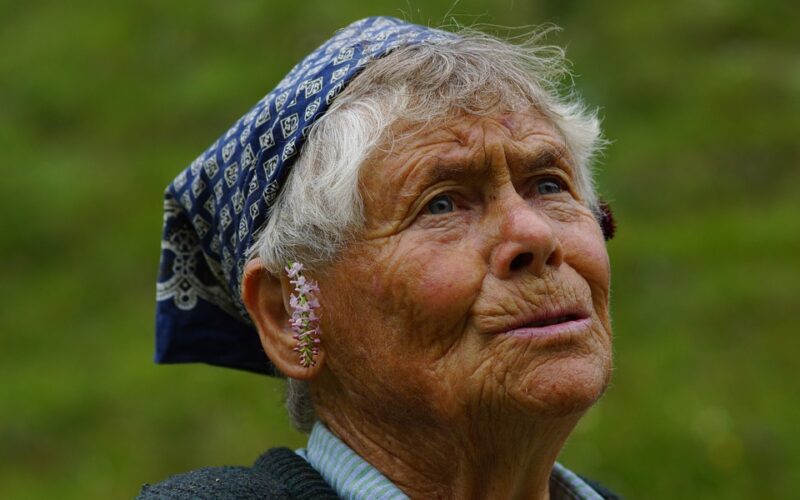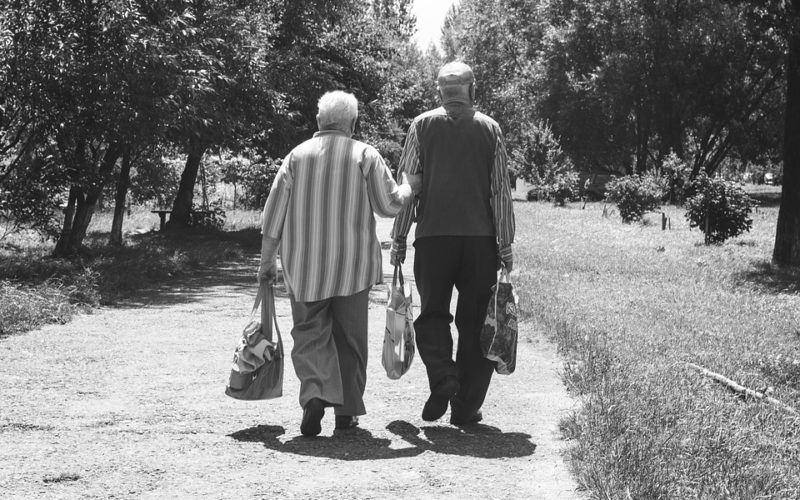Responsibilities To An Aging Population
As populations around the globe continue to age, with people living longer than ever before, it is incumbent upon society to reassess and reinforce the systems and structures that support this demographic shift. An aging population presents a unique set of challenges and responsibilities which society must undertake to ensure the well-being, respect, and inclusion of older individuals in every facet of life.
The importance of social inclusion
For many among the aging populace, the risk of social isolation increases with advancing years. This isolation can be attributed to several factors such as retirement from work, the death of peers and partners, or even the physical inability to engage in communal activities. It is, therefore, the responsibility of society to foster environments and activities that facilitate the continuous social engagement of elderly citizens. Inclusive community programs, targeted social groups, and accessible communication technology can help in bridging the gap between the elderly and the rest of the society.
Ensuring access to healthcare
Access to quality healthcare is a fundamental right for every individual, especially for the older generation who may have increased health care needs. Society must ensure that healthcare systems are adequately equipped to provide comprehensive geriatric care, including preventive screenings, rehabilitation, and chronic disease management. Beyond medical care, the provision of mental health resources tailored for senior citizens is an indispensable service that must be embedded within the healthcare framework.
Financial security in later life
Financial security is a major concern for those in their retirement years. Pension schemes and social security benefits form the bedrock of this security, but they must be regularly updated to reflect changes in the cost of living and life expectancy. Financial literacy programs specifically designed for the elderly can aid in managing funds and investments effectively, granting peace of mind in a stage of life where economic productivity often declines.
Promoting age-friendly environments
Creating physical spaces that cater to the needs of the elderly is yet another societal duty. From public transportation to residential design, accessibility remains key. Infrastructure should not only adhere to safety standards preventing falls or injuries but also enable the elderly to partake in everyday activities with ease. These measures not only empower older populations but also affirm their dignity and capability.
Upholding rights and advocating against ageism
With age often comes the implicit risk of discrimination and marginalisation, known as ageism. Active measures must be taken to ensure that the rights of the elderly are respected in all scopes of life, including the workplace, healthcare, and within the justice system. Advocacy and legal frameworks are required to confront and eradicate ageist stereotypes and practices, ensuring equal opportunities and treatment.
The role of intergenerational solidarity
Finally, fostering intergenerational solidarity is crucial for the social fabric to accommodate an aging population gracefully. Encouraging interactions and shared experiences between the young and the old offers mutual benefits – wisdom and mentorship flow from the elder to the younger generation, while the vitality and innovation of the young inspire and engage the seniors. These intergenerational bonds underscore the value each group brings to the table, enriching society as a whole.
As the demographic composition of our communities shifts toward an older majority, the social responsibilities toward this segment must be given increased attention and resources. From including them actively in social circles to providing healthcare and financial support, the manner in which society responds to the needs of its aging citizens reflects its maturity, compassion, and vision for an inclusive future.




